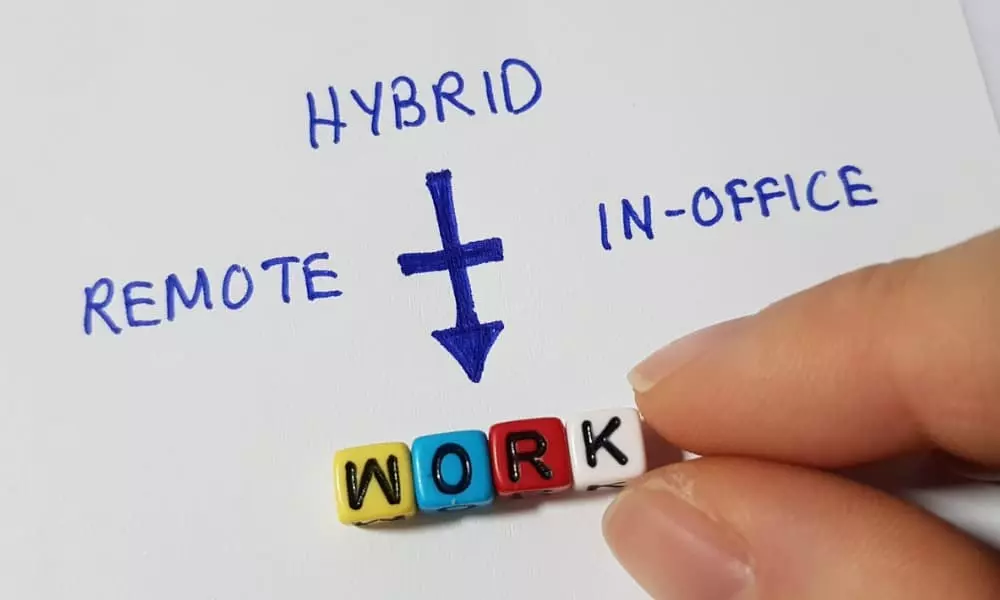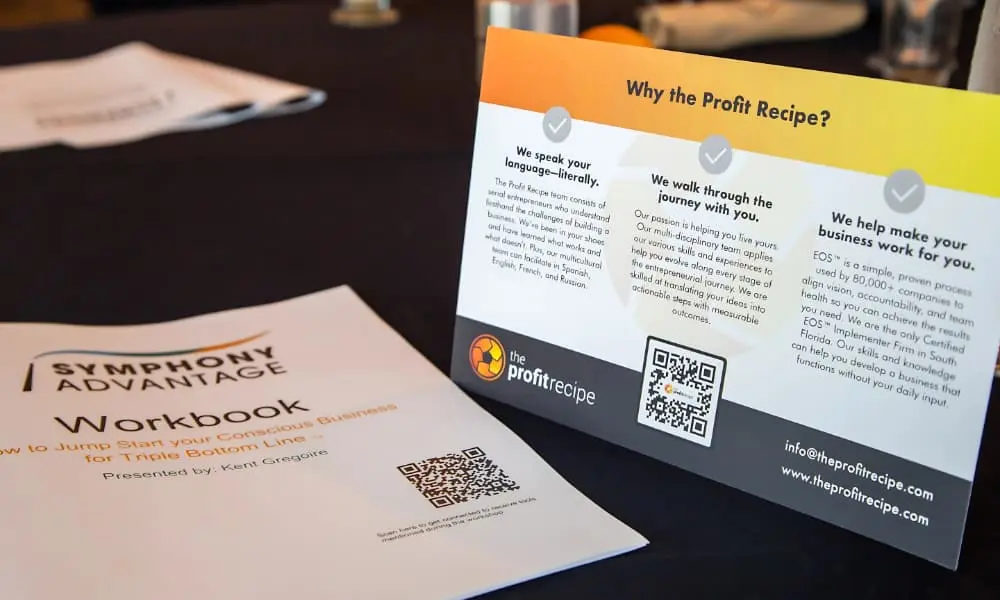What’s at risk if you don’t? Attracting and keeping the best and the brightest talent.
Key Takeaways:
- Recognize and adjust to the evolving landscape of workplace expectations.
- Shift from micromanagement to a more adaptable, servant leadership style.
- Apply adaptive leadership principles by connecting changes to core values.
- Address resistance through clear communication and shared values.
- Evaluate outcomes quantitatively and the qualitatively.
- Foster a culture of constant experimentation and flexibility
It’s undeniable that workplace norms have changed. COVID was a big part of this: employees (more than 40%) now expect remote and hybrid work arrangements and other new accommodations. This is turning the traditional models of work on its head. As leaders, we have to adapt to changing norms or lose valuable members of our teams.
Maintaining a mindset that insists on sticking to traditional approaches poses significant challenges in recruiting and retaining high-caliber individuals who seek a contemporary work environment. This mindset hinders our ability to evolve and align with the preferences of top talent, ultimately impeding our growth. It’s a surefire way to stagnate.
In this article, we’ll explore the changing workplace norms, the role of leaders in shaping them, how we impact employee engagement, how we adapt to the new norms, empowering employees, the challenges, and how to measure success.
The dynamics of changing norms
To be able to change something, you first have to understand it. Traditionally the workplace incorporates unnecessarily long meetings, set work hours, working in person, the separation of work and life, and a package of benefits that hasn’t changed in decades. Once a set recipe for success, it’s time for entrepreneur-minded individuals to let go of these notions. They no longer work.
Our businesses and employees can blossom and succeed by incorporating modern norms that include shorter meetings, flexible work hours, disparate locations, and environments that emphasize deliverables, regardless of how they are accomplished. Cornerstones of the new paradigm are belonging and purpose, living core values, and fostering behaviors that stem from clear expectations.
These norms didn’t change overnight, even though it seems so. COVID-19 catalyzed workplace changes that haven’t evolved since offices began to mimic factories shortly after World War II when the emphasis was on who was in charge. Then came cubicles, which became symbols of corporate boredom.
The pandemic created a seismic shift as necessity meant working wherever and whenever we could. Leaders had to evolve.
The role of leaders in shaping workplace norms
Yesterday’s leader was a micromanager. However, micromanagement is counterproductive. It stifles passion, curtails inspiration, and dulls motivation.It’s also the swiftest way to lose a valuable team member. We can no longer run companies in the traditional model – employees have the expectation of a hybrid or a more relaxed working environment that fits their lifestyle. Work and life are now intertwined.
Changing norms require changing references for leadership. The emphasis now has to be on flexibility that delivers more work in less time based on individual needs. Some people do their best work in the morning, some in the evening. It begs the question: if we’re all delivering the work we need to deliver, what’s the difference between a nine-to-five job being in the office every single day and working from somewhere else?
Flexibility is key, as is servant leadership, which prioritizes and advances employee growth, well-being, and empowerment, creating an inclusive environment so everyone on every team can thrive as their authentic self. Leaders must incorporate the “why” to truly engage employees.
We must embrace adaptive leadership as a key influence on changing norms by:
- Understanding that changing norms must stay linked to values and vision
- Displaying emotional intelligence
- Knowing that organizations must adapt to both stay relevant and attract the employees necessary for success
- Being transparent with communication
This is a far cry from traditional leadership and its military, factory-like style. As leaders, we have a huge effect on employee motivation and commitment, and adaptive leaders must create an adaptive workplace that empowers employees to work in ways they are most productive. Study after study shows that engagement is highest in employees who spend 60% to 80% of their time working remotely. And this high level of engagement translates to 21% more productivity.
How to adapt to changing norms
Any change has to start with communication – I’ve seen more and more companies move to business messaging apps like Slack, which empowers employees to participate in the change process, which is a must for employee engagement. Using Slack and other similar applications brings people together, empowering them.
It’s important to use the right tools at the right times. Similar to how we might use Level 10 meetings for ideation, brainstorming, and roadblock removal, we can use chat applications for updates, status check-ins, project management, value recognition, and culture building. When used selectively, messaging apps can play an important role in the Entrepreneurial Operating System, or EOS®. They provide additional paths for demonstrating transparency and openly and honestly addressing concerns and questions while broadcasting a compelling vision of an adaptive workplace and leadership style.
Address adaptation challenges
It’s our job as leaders to embrace positive change, even though identifying it isn’t always immediately apparent. This underscores the importance of being agile and adaptable. Today’s changing norms can do a lot to alleviate burnout and stress, but this can only happen if leaders communicate with clarity and transparency. This involves explaining the what, why, how, and the envisioned success of the changes while also ensuring that employees have the necessary resources and support.
Of course, there are always those who are resistant to change, and you’ll find these people within your management team as well as among front-line employees. The key to overcoming resistance (aside from clear communication) is participation. A 2011 study spanning 60 years found that putting people before practice and ensuring everyone is operating with shared values can overcome resistance to change.
Measure success and progress
In business, as in life, success should be measured both qualitatively and quantitatively. Leaders should conduct surveys and assessments, make observations, and track business outcomes.
- Quantitative measurements include how long it takes for people to adapt to change, the number of people who actively participate in the changes, their level of success, and whether the changing norms are on track to achieve the desired outcome.
- Qualitative measurements are more subjective, so ask probing questions. Are people comfortable with the changes? Is communication flowing the way it should? Are employees more engaged and less stressed?
The exact metrics you choose will depend on your unique business, but all change must be measured against metrics for success.
The norms, they are a-changin’, and you can’t ignore them
Stagnation is the enemy, as is a rigid way of thinking about how to run a business. Constant experimentation is necessary for a flexible and adaptable leader. Changing norms in the workplace can’t be ignored – the World Economic Forum identifies the mainstreaming of the flexible workforce as a macroeconomic trend that is having a major impact on business.
Finding and keeping an engaged, resilient, and productive workforce requires entrepreneurs to embrace adaptability and flexibility in the workplace and in their leadership journey.
At the Profit Recipe, we’ll work with you to understand and develop the adaptable leadership skills you need for success in today’s dynamic business environment. We’ve been there, done that, and learned valuable lessons along the way that we’re eager to share. Join our community of entrepreneurs and share your own experiences, making the purposeful leadership journey a shared adventure.
We’re here for you and because of you. Let us support your entrepreneurial journey – schedule a call with one of our experts today or send us a message.



